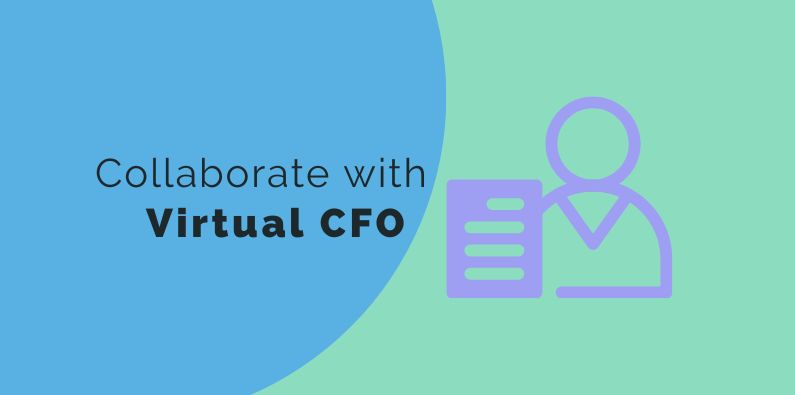Working with a virtual CFO is similar in some ways to an internal accountant but there are key differences, especially when it comes to communication and access to systems. Within your organisation, especially if it’s office-based, your IT department probably manages all systems and access. With a virtual CFO there is first the decision to use either your tools or theirs. Let’s explore some of the options.
Collaborating with Your Virtual CFO
Here is a run down what a virtual CFO does. Now, the key question when it comes to collaboration tools is very much about:
- Who needs to manage the conversations.
- And who has control over the data.
While there are some circumstances where you as the business owner want some control, your Virtual CFO probably needs something that fits in with their systems that they use for all their clients.
They may already use something like Slack or Microsoft Teams for brief updates and giving you a channel to ask questions even when you are not both online together. If they are already using one of these tools, that’s probably the best option to choose. Yes, it might mean you have to manage an extra tool at your end but one advantage is that it provides another barrier to unauthorised access to finance conversations in your business.
Managing Meetings with Your Virtual CFO
Most of us don’t meet face-to-face with our virtual CFO every week or month. That’s not the modern way, is it? Popular options are Zoom, Microsoft Teams and Google Meet. Again, this is probably one where the Virtual CFO gets to make the decision to fit their systems. They may have a booking system, such as Acuity or Calendly, where you and their other clients can pick a time for an online meeting. That needs to create the Zoom, Teams or Meet session.
For governance reasons, that also gives them the responsibility to record meetings when necessary and then share the recordings with you at your request.
Once you have worked with one of these tools, it’s relatively easy to work with any of the others. Yes, there’s some small nuances and new habits to learn (and they each have their frustrations) but they all work pretty well for online meetings.
Giving Access to Your Accounting System
This is one tool where you need to manage access. In rare cases, you might ask the Virtual CFO to help you choose a new accounting system and guide you on implementing it. However, in most cases, you will already have an accounting system. For the remote partnership to work, this platform has to be in the cloud.
All the modern accounting systems have processes to invite additional users and most have an Advisor role or something similar that is set up to give your virtual CFO the permissions they need to do their job. It should be a fairly simple process to add them to your system from your end.
Collaborating across Projects and Tasks
This may depend on the exact nature of your relationship with the virtual CFO. If you’re in a senior position, it’s possible that you’re the one who is determining what projects you want them to work on and agree timelines and schedules with them. More often, the virtual CFO is contracted to perform certain duties with an expected end result. In this case, they will use their own project/task management system to manage those.
Commonly used systems are Trello and Asana, or Monday for some with more complex structures. They will typically invite you into their system, give you access to the projects that they are performing for you so that you have visibility over the current state of progress.
Reporting Tools
What reporting tools they use will come down to a discussion on key points like:
- What you already have set up.
- Then, what your virtual CFO commonly uses.
- And the requirements of your brief to them.
If you already have extensive management reports set up by a previous accountant in something like Calxa or Power BI, it makes sense to give them access to that system to continue to maintain it.
If your previous reports were in a web of spreadsheets, most incoming accountants will be reluctant to touch them. It’s one thing to manage your own complex spreadsheets, it’s another altogether to try to make sense of someone else’s.
In this case they are more likely to use the systems they are familiar with, connect your accounting data to that and deliver the reports you need each month.
Working with a Virtual CFO
Many organisations thrive with fractional CFOs or a virtual CFO. You get the benefit of an experienced person, or team, for a lower price than filling a full-time role that you may not need. Especially if you contract to a firm with a few good people, you get an assurance of continuity and you don’t have to manage that hiring, onboarding and transition process that happens when your internal CFO leaves.
There are many good virtual CFOs out there. Find one that suits your needs, that understands your industry and uses good tools to communicate and collaborate with you.
